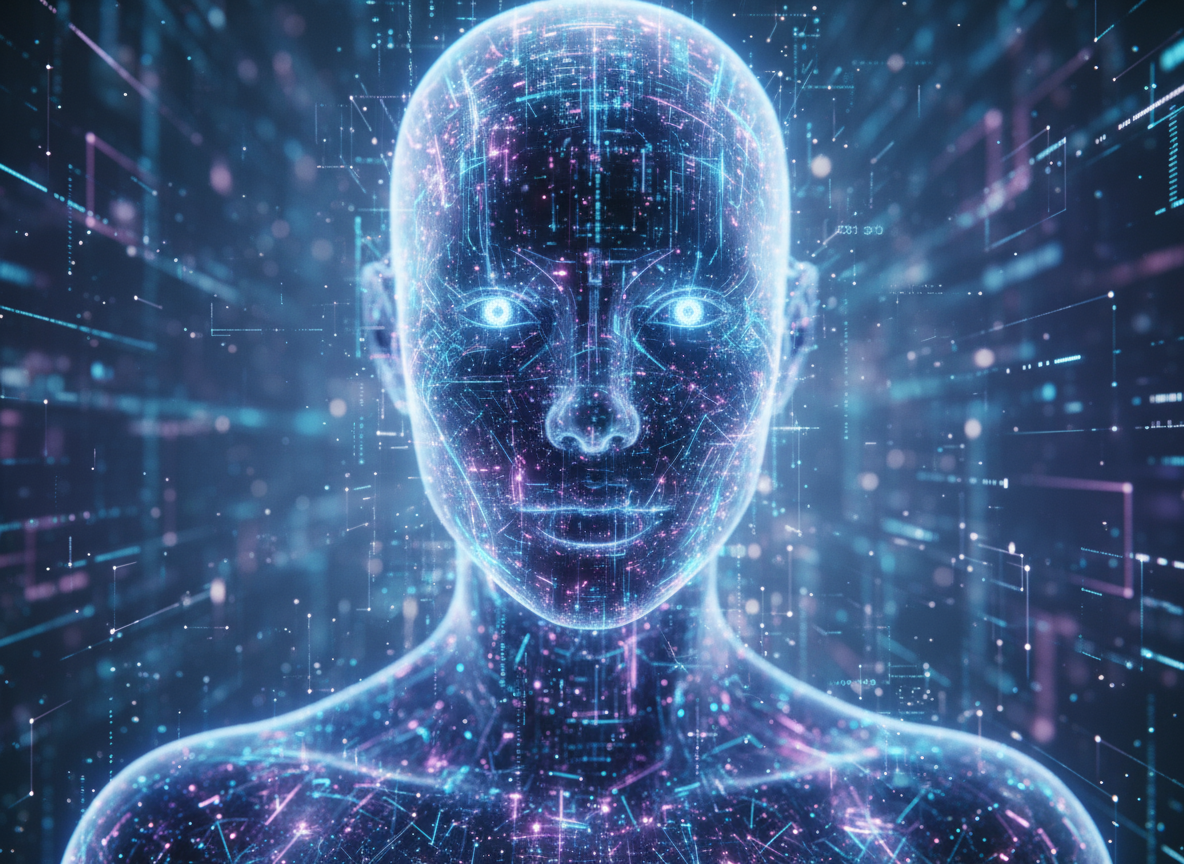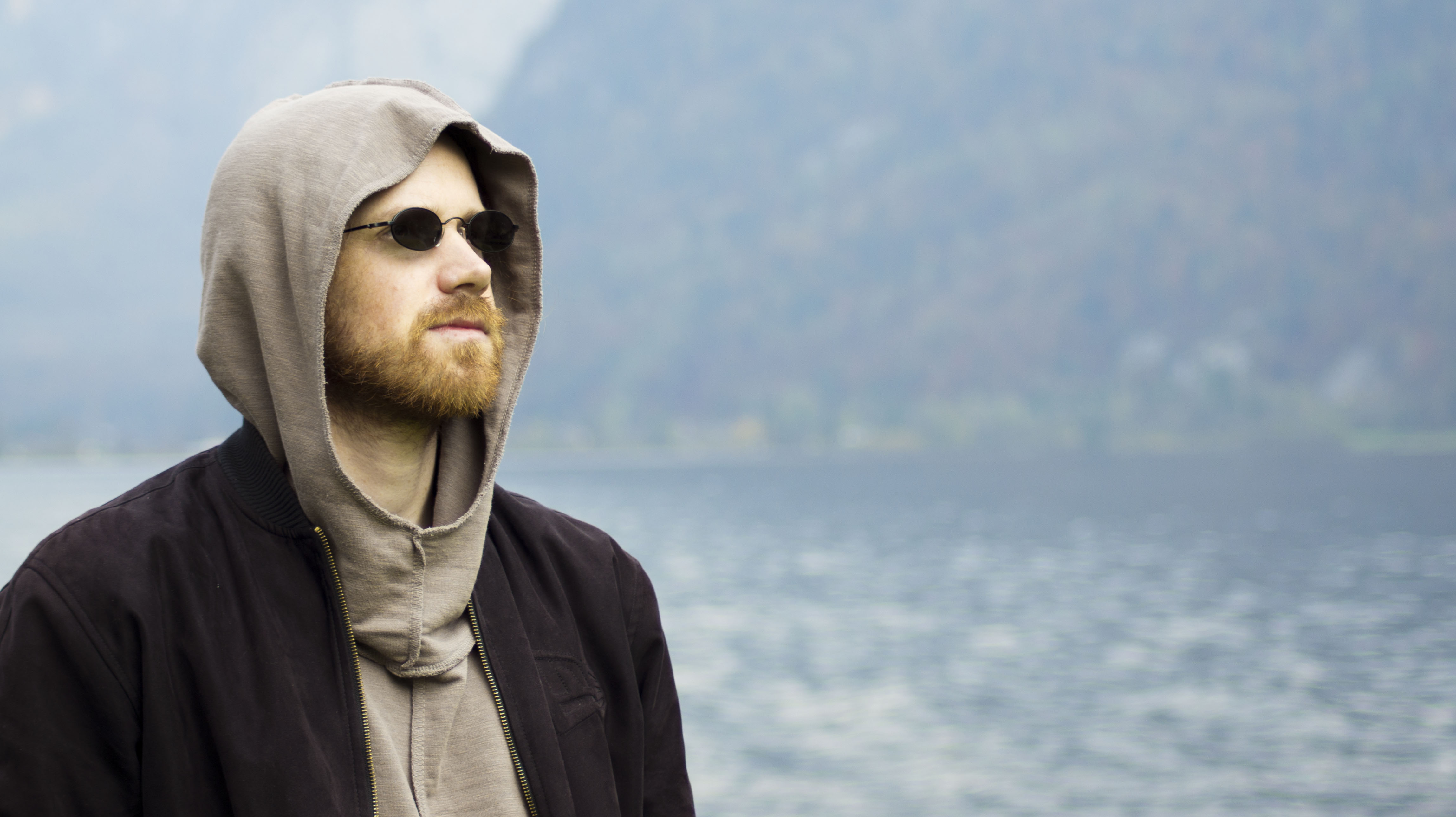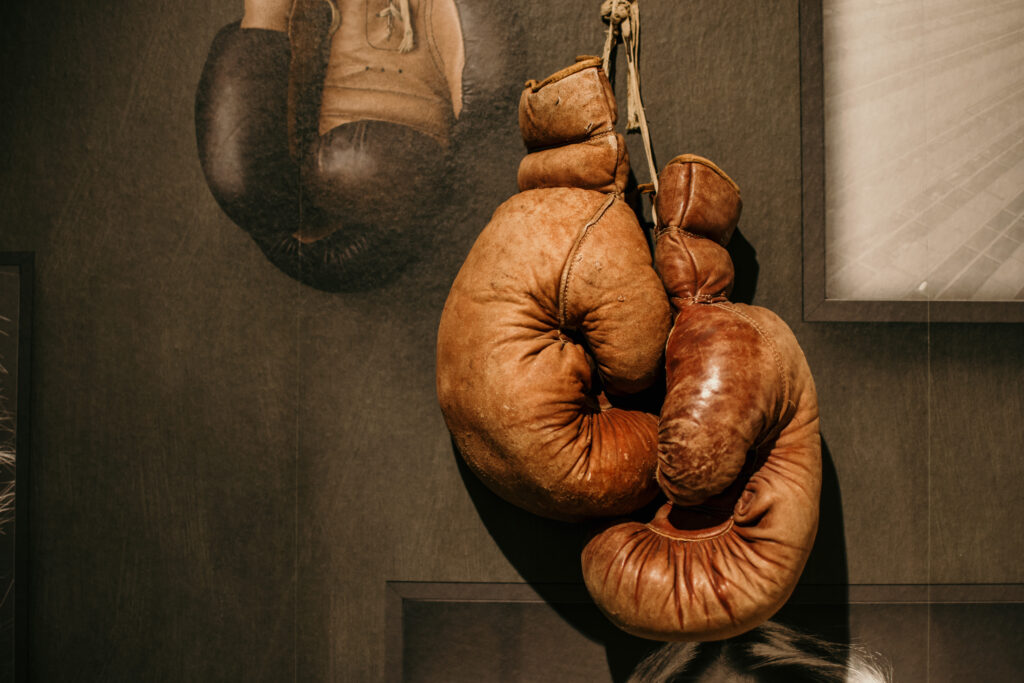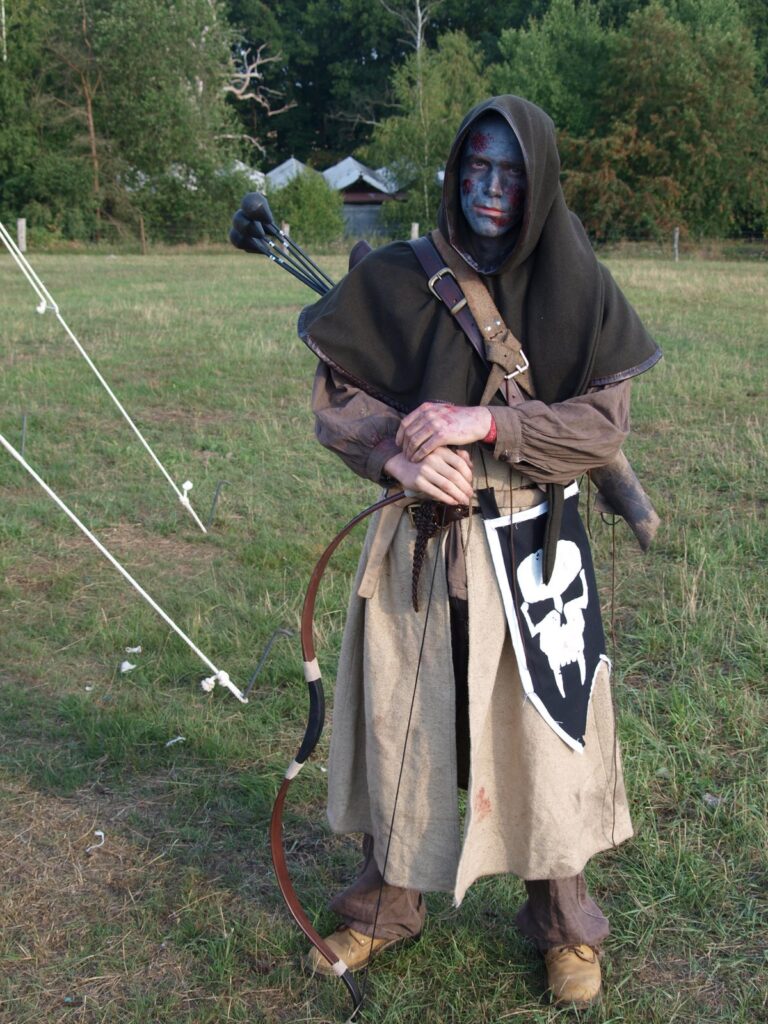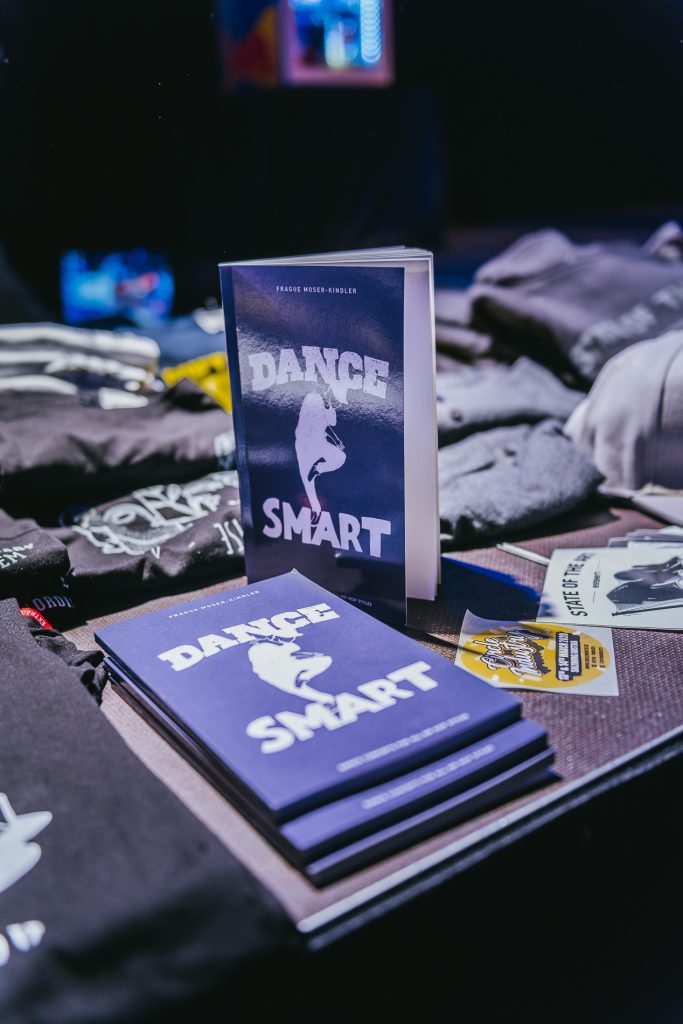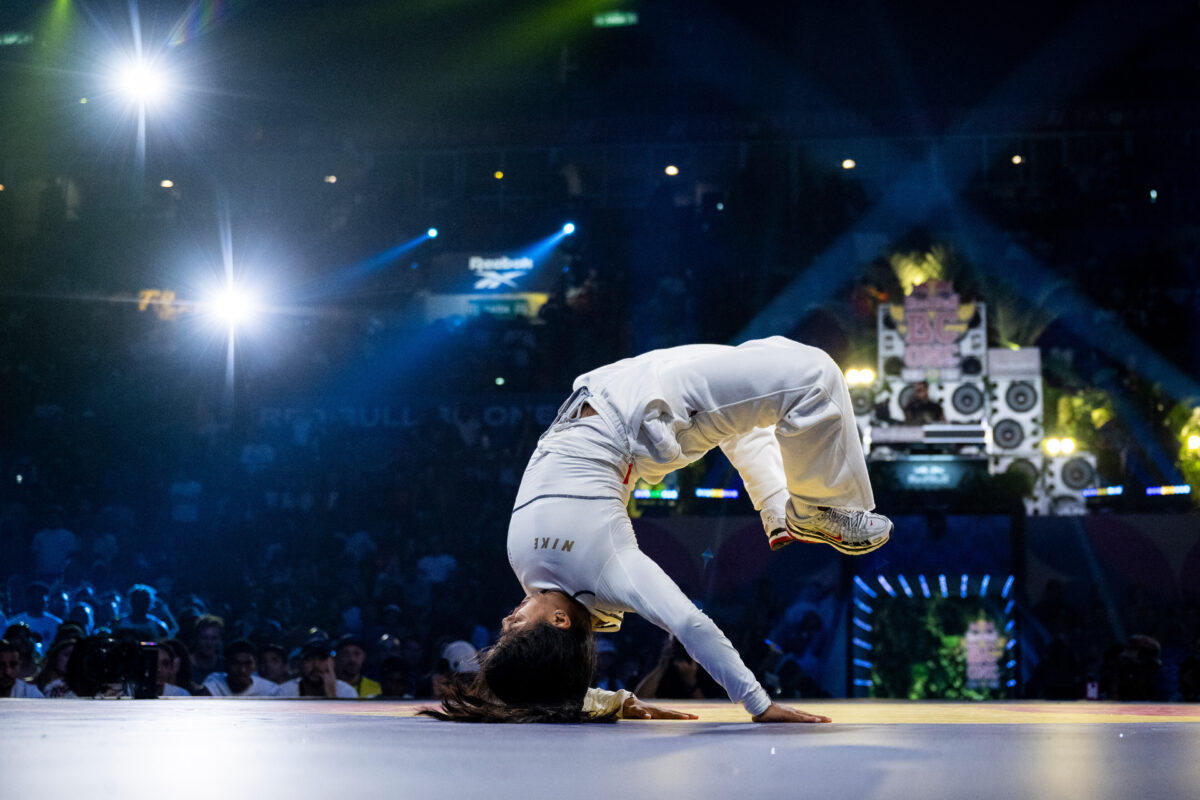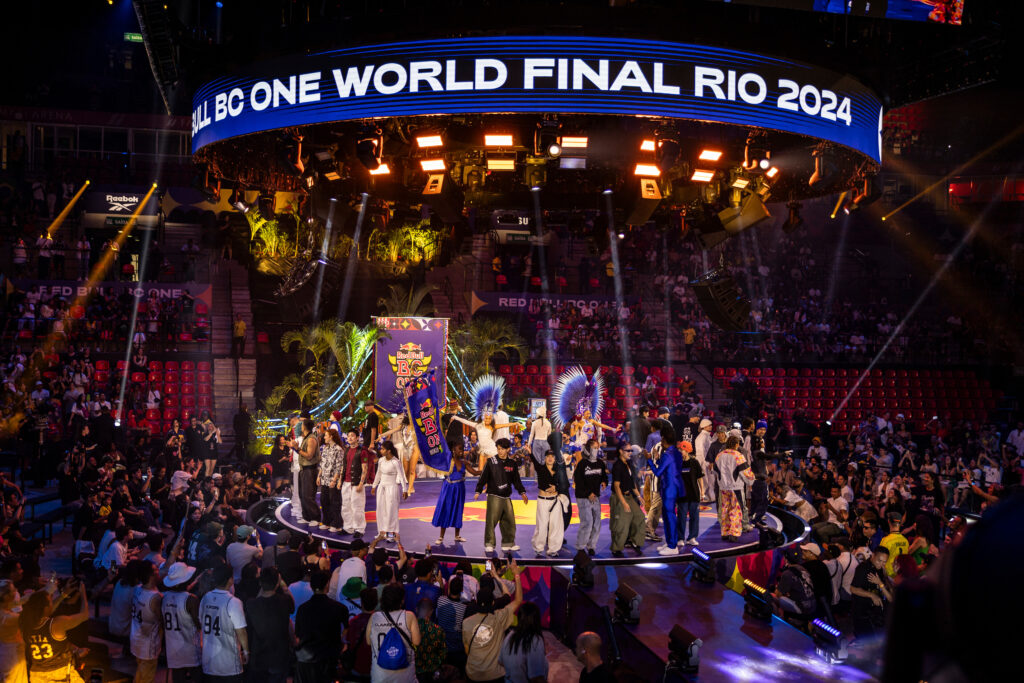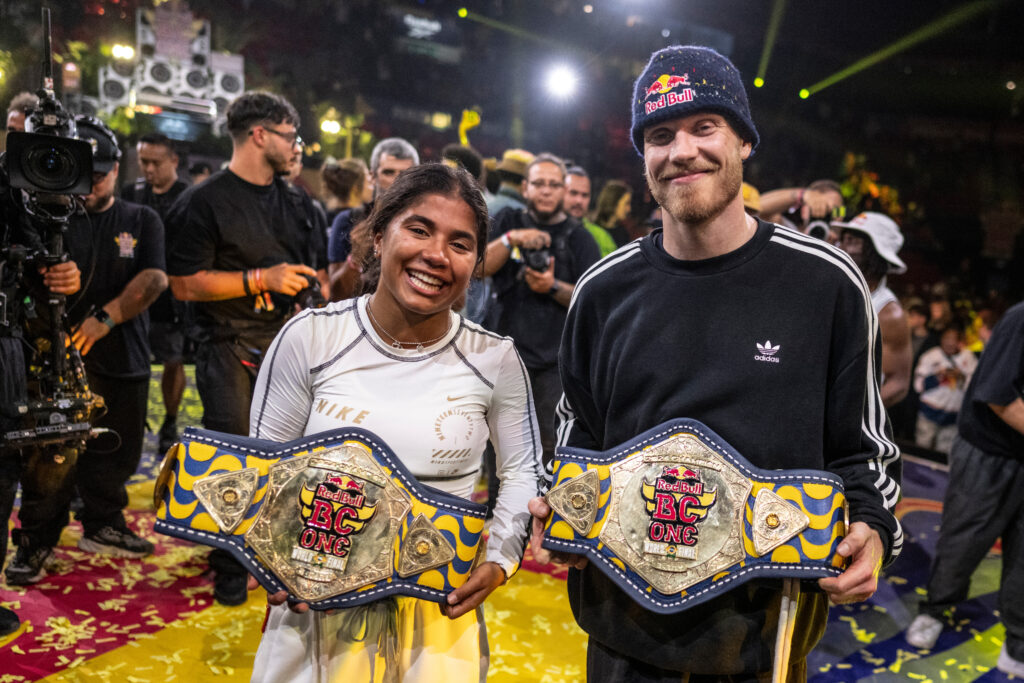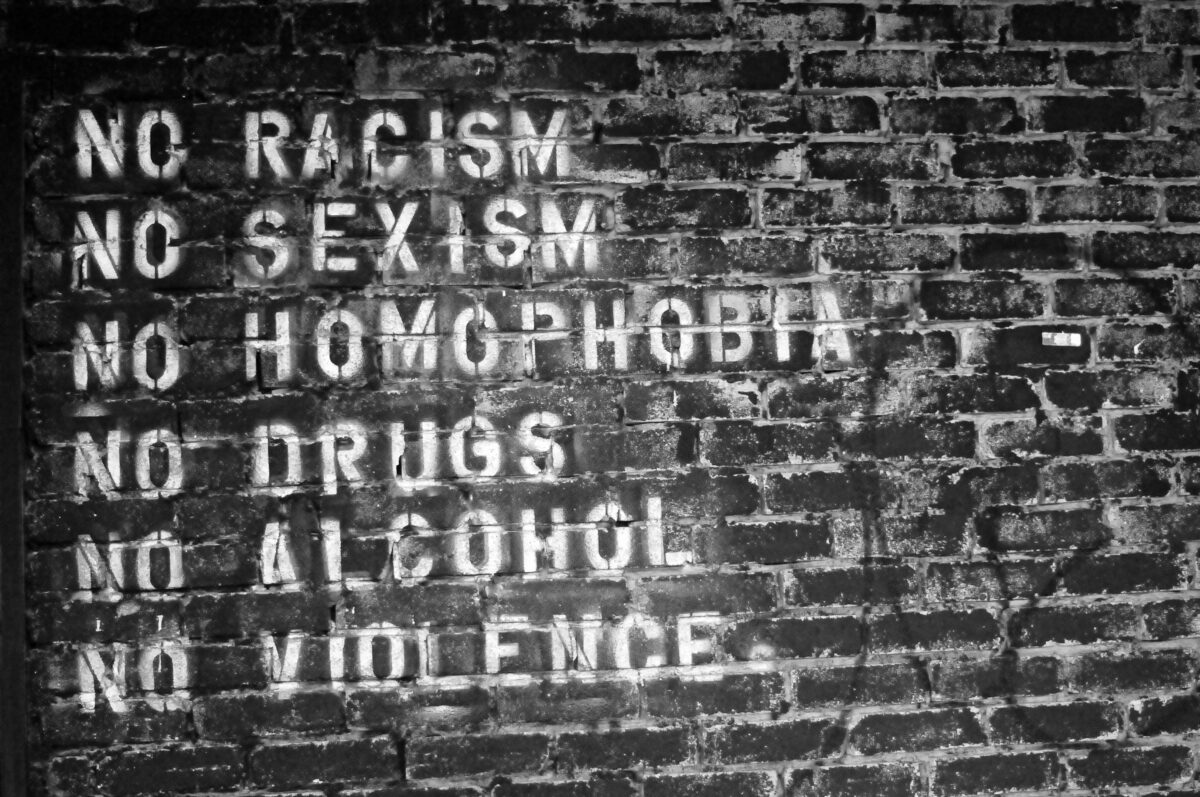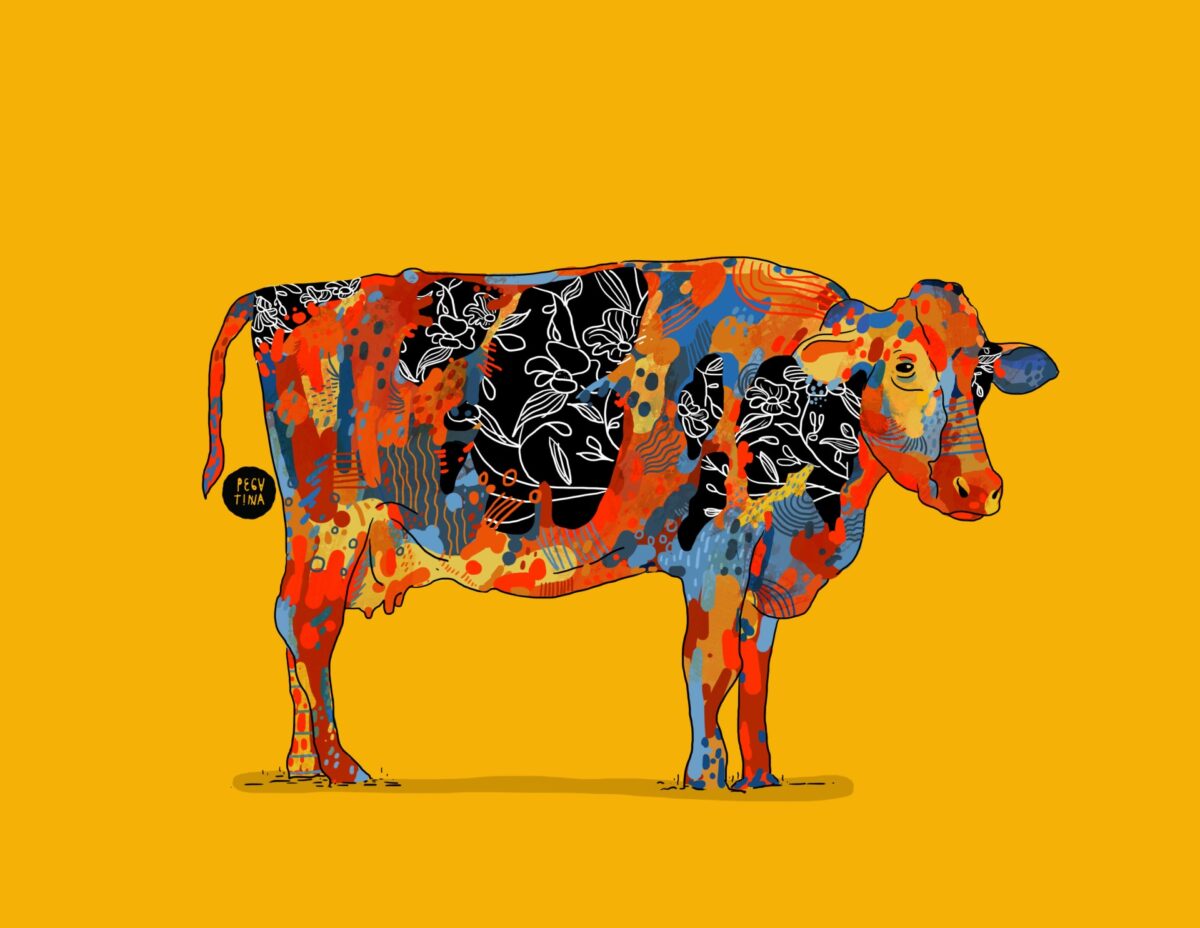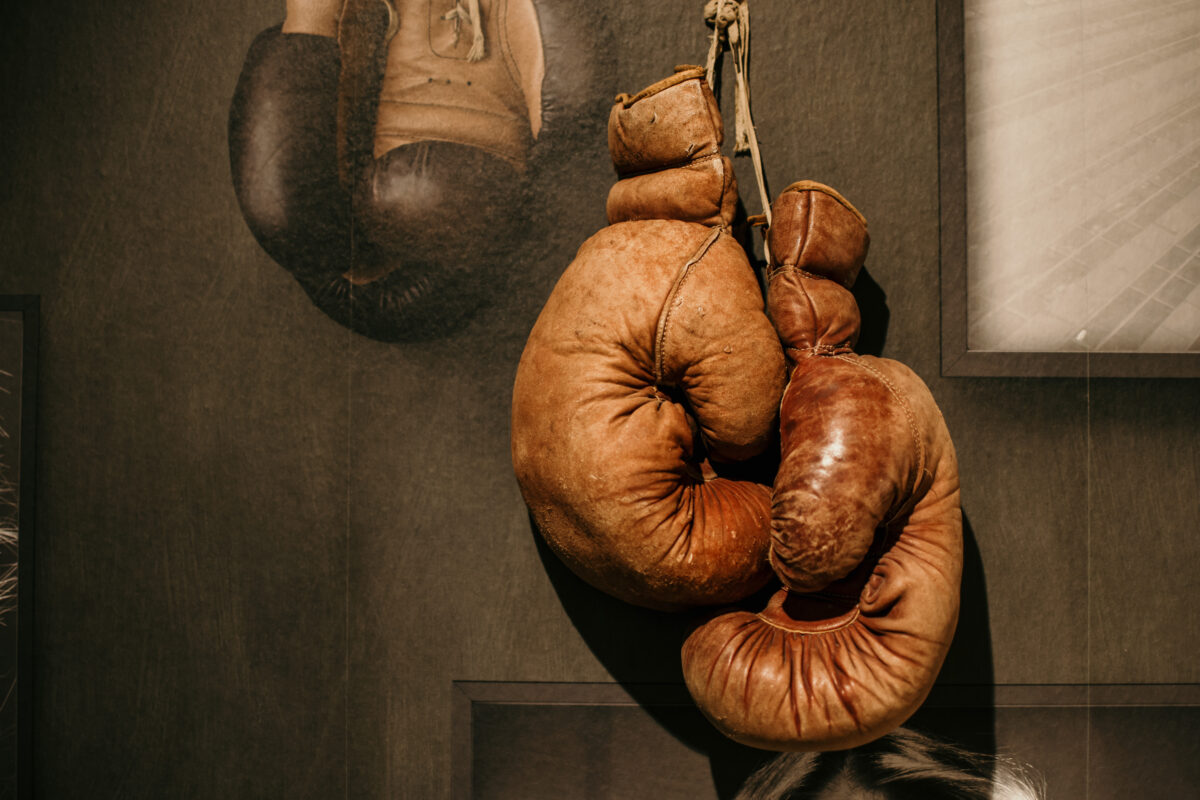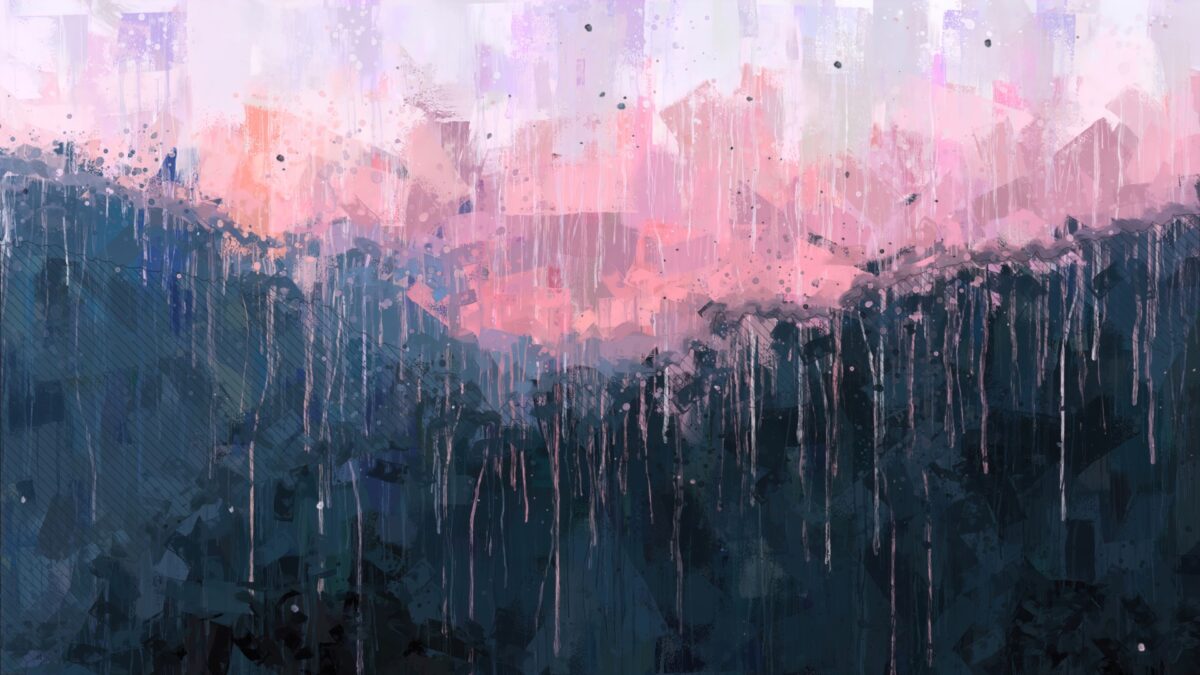The relationship between technology and creativity has always been “dynamic”. Think about the shift from creating music with instruments and recording them versus being able to produce complete pieces only with your laptop. Now, the rise of Artificial Intelligence (AI) will be an even bigger change.
Generative AI is not a futuristic concept. It is an active collaborator and competitor within the cultural landscape. It challenges the status quo, how art has been made. And it might take the jobs of many who are “just doing their job.”
The Current State of Generative AI
The current boom in AI art is defined by rapidly evolving tools—Text-to-Image models like Midjourney and DALL-E, advanced language models such as ChatGPT or Grok, and powerful music and video generators. These tools have drastically lowered the barrier to entry for high-quality creative output.
A user with a simple text prompt can generate complex visual concepts, musical scores, or narrative outlines in seconds. This accessibility democratizes creation, allowing users who lack traditional skills (like painting, writing or filmmaking) to execute ideas at an unprecedented speed.
AI: Creator, Co-Pilot, and Cultural Catalyst
The possibilities AI offers in culture and arts are best understood through a dual lens: creation and administration.
AI for Creation
AI could serve as a powerful partner. For an artist, it can be used for rapid prototyping, instantly generating variations of a concept, breaking through creative blocks, or pushing the boundaries of traditional media into new forms of interactive and personalized art. AI can turn a simple sketch into a detailed rendering, or translate a mood into a musical composition, focusing the human creator’s time on curation and direction rather than tedious execution.
But exactly in this advantage is also the big problem. Many who did not learn any skills in the arts are now able to participate in a game that was only for those who “earned their stripes” in thousands of hours of practice.
Connoisseurs still recognize AI art as machine-made, but the current speed of development suggests it’s only a matter of a few years until it will be indistinguishable to all of us. The big bunch of people don’t see the difference now, and many more don’t care. This creates a potential imbalance in compensation for time invested.
AI for Logistics (The ‘Orga’)
AI’s role also extends far beyond the studio and into the operational core of cultural institutions. Here, it acts as a catalyst for efficiency. It can help with grant writing, with texting and illustrating concepts, ads and other sales material.
It finds holes in your workflow, acts as your accountant, does research, and can speed up processes. Especially this way of using AI for the orga in your artistic ventures gives a lot of power back to the artists, as they would now be able to do tasks themselves, which usually required a producer. It removes gatekeeping and makes producing art more affordable for the artist.
While using AI for creation is currently frowned upon, using AI to support in the orga is a thing people appreciate. But if we think things through, it is doing the same to producers and assistants as it does to artists in the other case. So, celebrating one of those two and condemning the other would be a double standard.
The Ethics of Creation: Ownership and the Authenticity Crisis
The rapid adoption of AI is accompanied by significant moral and legal concerns that must be addressed and understood by artists and institutions alike.
Ownership and Copyright
The most contentious issue involves the training data. Generative AI models are trained on massive amounts of data. Billions of copyrighted images, texts, or songs have been fed into the machine, most of the time without the explicit consent or compensation of the original human creators. This raises fundamental questions of intellectual property and is copyright infringement on a massive scale.
When an AI creates a piece, who owns it: the original artists whose work was scraped, the company that built the model, or the user who supplied the prompt? Current legal frameworks are struggling with this question. In most countries, the law gravitates towards “when something is created by AI, you can monetize it, but you don’t have a copyright.” Means everyone could steal what the AI created, because it’s nobody’s intellectual property.
An interesting story from a US Copyright Office shows how this could end up in reality. A creator got copyright on a print and digital comic because the copyright office deemed the arrangement of the comic, which was done by a human, as enough to say: “this is a new work, defined by the human’s involvement.” Important to note, only the comic in its entirety has a copyright. The single graphics that are generated by AI, can still be used by everyone and are not protected.
The laws around this will change quickly, and it will definitelybe a pain in the ass to stay up to date.
The Crisis of Authenticity
The ease and speed of AI output also generate an authenticity crisis. If an AI can create a highly complex, technically proficient painting in under a minute, does the work still hold the same cultural value as a piece created over months of human labor, struggle, and learned skill? Many, including me, feel the essence of art lies in the effort and the human intent, which AI currently bypasses, leading to a devaluing of traditional artistic expertise.
That’s the point we discussed already. Art lovers and people who are skilled in the arts can see the difference and despise work created by AI. For good reasons. Studio Ghibli Founder Hayao Miyazaki called AI-created graphics an “Insult To Life Itself,” after millions of AI-generated images, in the signature style of his studio, showed up all over social media.
AI will take our jobs
The threat of AI taking jobs is real. Especially jobs that are basically doing the same thing over and over. Mundane intellectual labor is the first thing that will be replaced by AI. Most creative jobs will be among these. Top players within their respective fields will have no problem, as they are paid for their taste and style of doing things in a specific way.
But the average person’s work can and will be replaced by AI, as it is more consistent and will soon be cheaper. Physical jobs (everything that is not in the office) will be viable for a few more years, until robots can be mass-produced cheaply at scale.
What do we make of it?
AI is here to stay. Thinking about it differently is naive. Too many global players with too much money are currently racing towards the improvement of their AI systems and they are already integrated everywhere.
It’s time for everyone to think about how we’ll handle AI. You can ignore, you can hate it, or you can learn to dance with it. There will be bubbles that are AI-free, but the majority of life will integrate AI, whether we like it or not. The real challenge is not to reject the technology, but to define its role in your workflow and find ways to improve your art, without taking away its soul.
I don’t have good answers on how to do that, yet. I recommend to learn how the machine works, and then judging if you can use it to improve what you do. Maybe you can use it to tell a story that you couldn’t tell without it.
And maybe we should learn how to build an EMP. 😇

